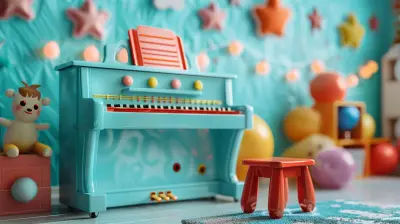Collaborative Learning: Techniques to Foster Teamwork and Communication
18 July 2025
In today’s fast-paced, interconnected world, collaboration isn’t just a nice-to-have skill—it’s a must-have. Whether you're in a classroom or heading into the workforce, being able to work effectively with others is vital. That’s where collaborative learning steps in. It’s not just about group work; it’s about growing together, sharing thoughts, learning from each other, and building communication skills that last a lifetime.
But wait—haven’t we all been in a “group project” where one person does all the work and the rest coast? Yeah, we’ve been there too. That’s why it’s super important to understand how to do collaborative learning the right way.
In this post, we’re going to break down what collaborative learning really means, why it matters, and most importantly, walk through practical techniques to make teamwork not only effective but enjoyable. So, grab your favorite drink, settle in, and let’s chat.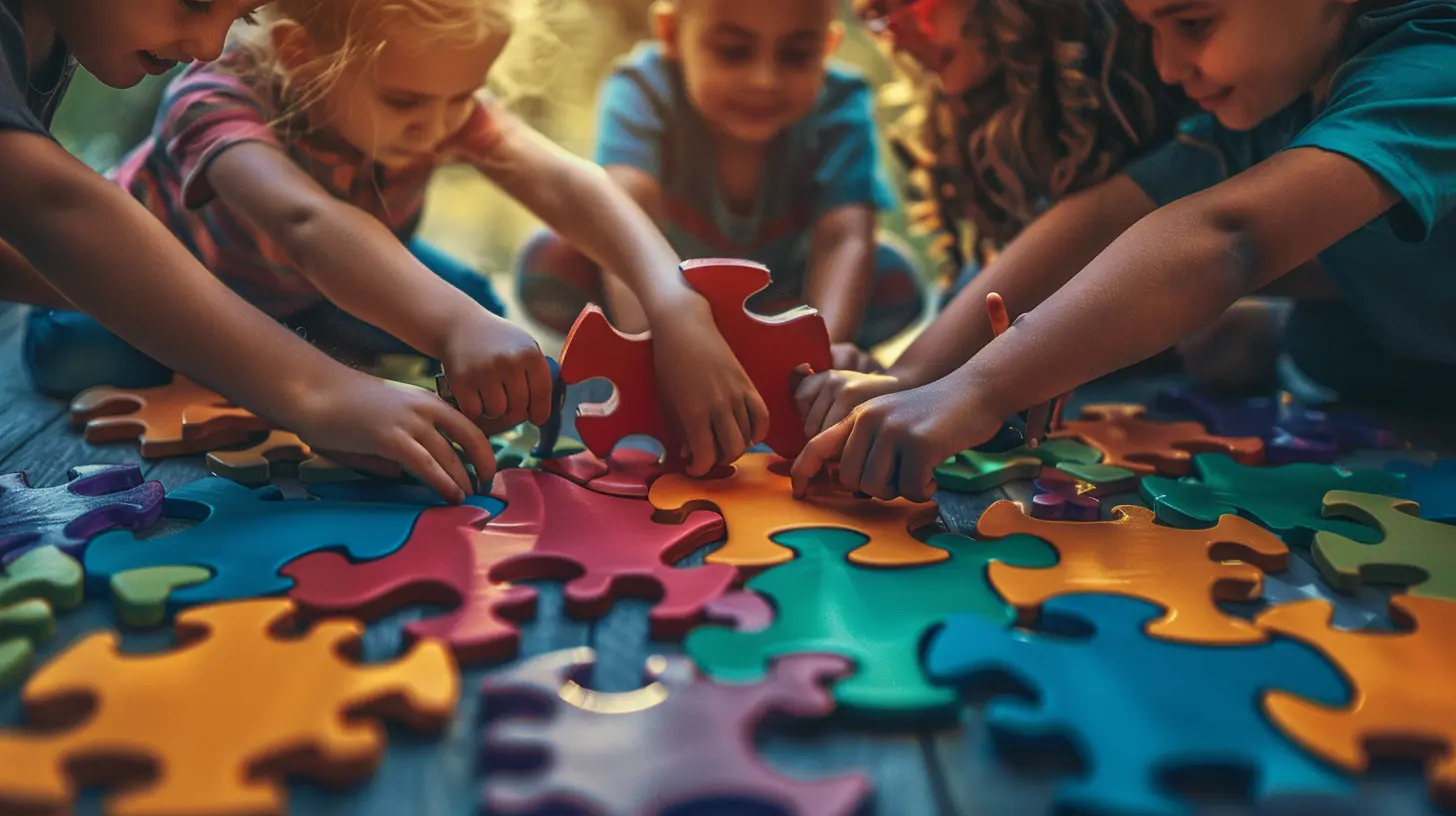
What Exactly Is Collaborative Learning?
Collaborative learning is a teaching method that involves students working together in small groups to achieve a common goal, solve problems, or create something meaningful. Instead of sitting quietly and taking notes while a teacher lectures, students are actively engaged with their peers, sharing ideas, asking questions, and teaching one another.Think of it like this: instead of rowing your own little canoe down a river of knowledge, you're all in a bigger boat paddling together. And guess what? That boat goes faster when everyone’s working in sync.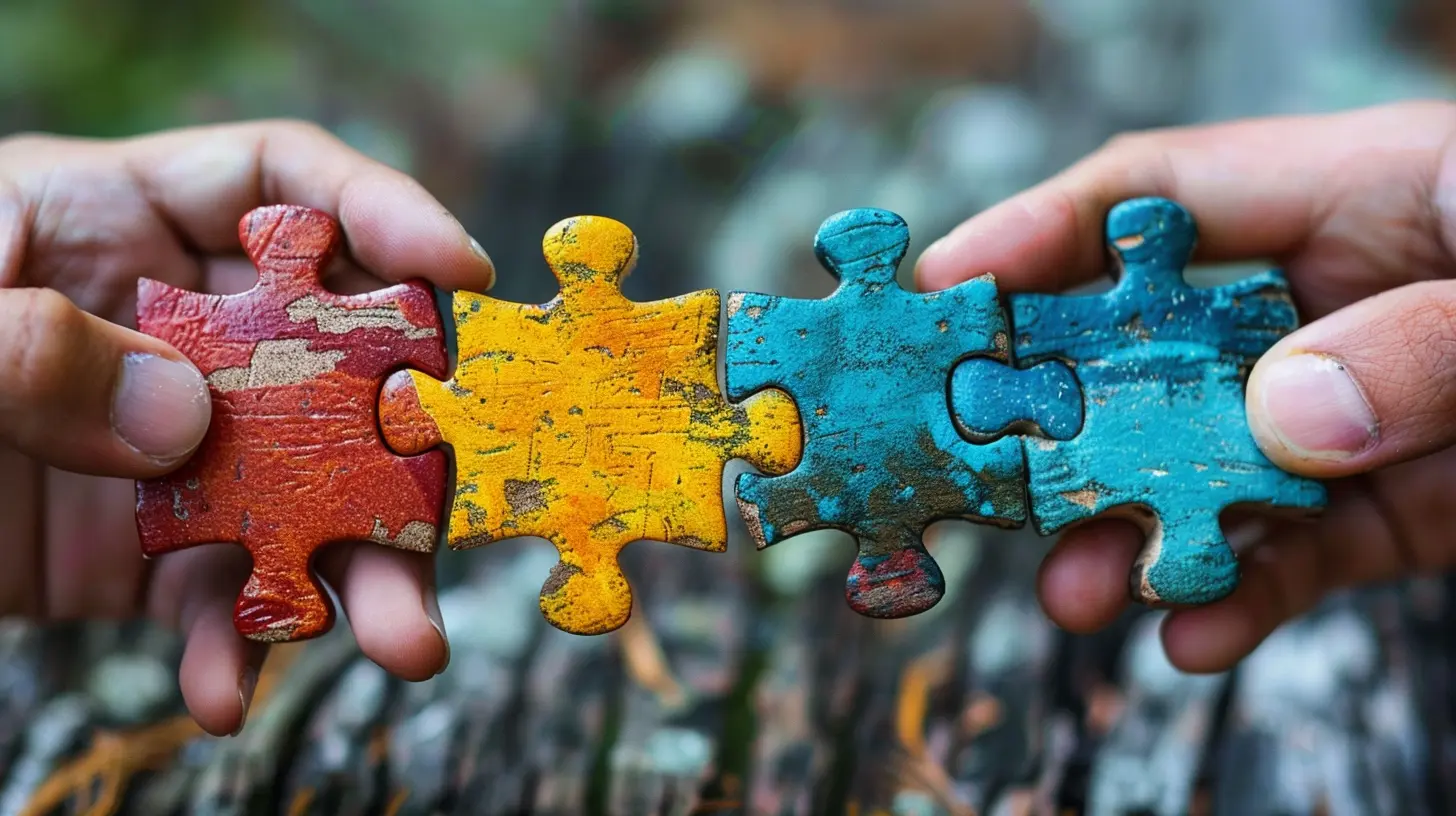
Why Is Collaborative Learning So Important?
Let’s be honest—learning can sometimes feel like a solo mission. But when done collaboratively, the magic happens. Here's why:1. Boosts Communication Skills
Ever struggled to get your point across or felt nervous speaking in a group? Collaborative learning naturally nudges you to speak up, explain your thinking, and listen to others. That back-and-forth conversation builds real-world communication skills.2. Encourages Critical Thinking
It’s easy to agree with your own opinion. But what happens when someone challenges it? Boom—now your brain's working overtime. Discussing different perspectives helps you think deeper and see the bigger picture.3. Prepares You for Real Life
Newsflash: whether you're going into business, medicine, or tech, you’ll be working with others. Collaborative learning mirrors real-world teamwork, giving you practice that translates directly to your future career.4. Builds Social Connections
Working closely with your peers creates a community. It builds trust, empathy, and sometimes even friendship—making the whole learning experience more enjoyable and supportive.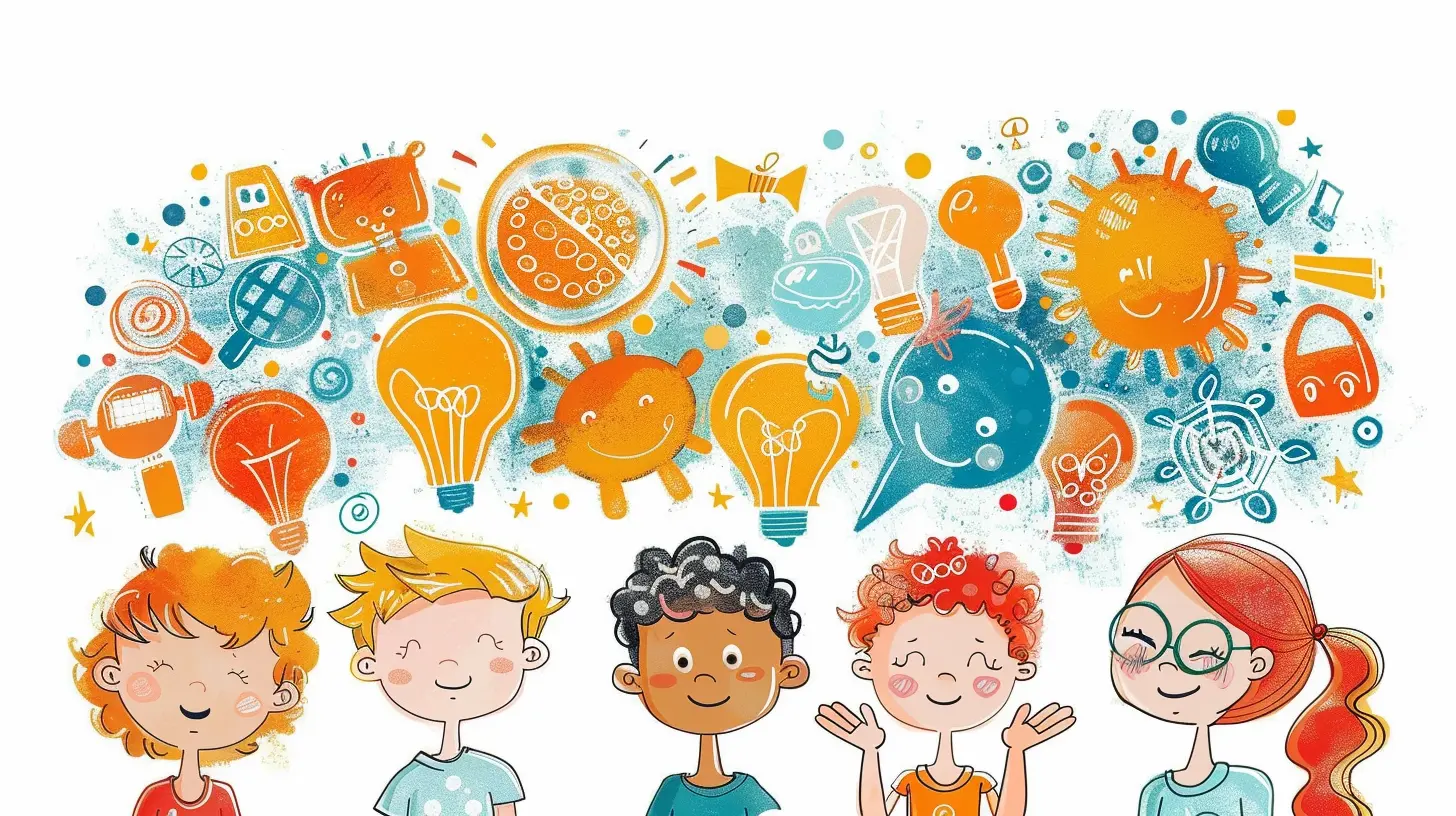
Key Elements of Effective Collaborative Learning
Now, just throwing people into a group and calling it a day isn’t gonna cut it. For collaborative learning to actually work, certain elements need to be in place.✅ Clear Goals
Everyone should understand what they’re working toward. This shared purpose keeps the group focused.✅ Individual Accountability
Yes, it’s a group project, but everyone should be pulling their weight. Assigning roles or tasks can help everyone stay responsible.✅ Positive Interdependence
This is a fancy way of saying: “We’re in this together!” When each person's success depends on everyone else, it builds true teamwork.✅ Structured Activities
Don’t wing it. Plan group tasks with clear instructions and timelines. Otherwise, it can turn into chaos—or worse, one person taking over.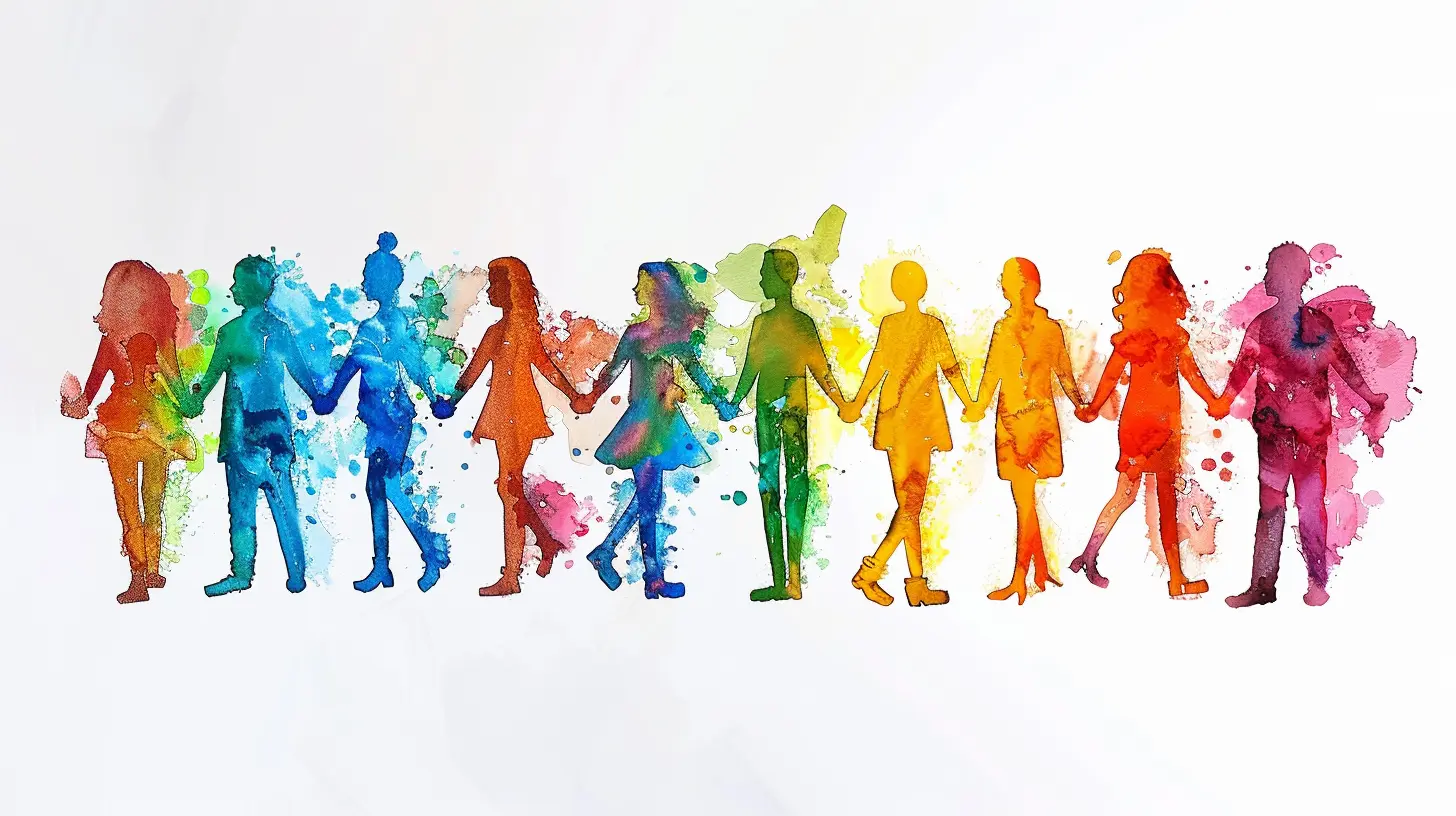
Techniques to Foster Teamwork and Communication
Let’s get into the good stuff. Here are some tried-and-true techniques to make collaborative learning not just effective, but fun and meaningful.1. Think-Pair-Share
This classic method starts with individual thinking. Then, students pair up to discuss their thoughts before sharing them with the larger group. It’s super helpful for shy students who need a little warm-up before speaking up.How it promotes communication:
By starting small, students build confidence before speaking to the whole class. It teaches clear articulation of ideas and respectful listening.
2. Jigsaw Method
Break your topic into sections, then assign each student in a group a specific piece to become an expert in. Afterward, everyone comes back together to teach their section to the group.Why it’s powerful:
No one can slack because everyone’s piece of the puzzle is essential. Plus, teaching others helps knowledge stick like glue.
3. Group Roles
Assign specific roles like “note-taker,” “time manager,” “presenter,” and “discussion leader.” This helps distribute responsibility and prevents one person from taking over.Bonus tip: Let students rotate roles so everyone gets a shot at each skill.
4. Peer Teaching
Pair up students and have them teach each other a concept they understand well. You’d be amazed how much more you understand something when you have to explain it.Perk: Promotes ownership of learning and improves clarity in communication.
5. Debate-Style Discussions
Split the group into teams and assign different perspectives or arguments. Whether it’s a historical event or ethical dilemma, students need to research, build their case, and respond to opposing views.Why it works:
It teaches respectful disagreement, active listening, and the art of persuasion.
6. Project-Based Learning (PBL)
Longer-term projects where students must work together to create something—like a presentation, video, or prototype—are gold for collaboration.Real-world perks:
Project-based learning mimics real-life teamwork with deadlines, planning, and collective creativity.
7. Reflection Circles
After group tasks, come together for a chill discussion on what worked, what didn’t, and how the group functioned. No blame—just honest reflection.Why it matters:
It deepens learning, fosters emotional intelligence, and improves future team efforts.
Tips for Educators to Encourage Collaboration
If you’re a teacher (or even a student leader), setting the stage for successful collaboration is half the battle. Here are some key strategies:👩🏫 Create a Safe Environment
Make it crystal clear that all voices matter and mistakes are okay. A respectful, judgment-free atmosphere encourages participation.📋 Set Clear Expectations
Lay out what collaboration looks like, including behavior norms, workload distribution, and deadlines. Ambiguity leads to frustration.🧠 Teach Collaboration Skills
Don't assume students know how to work in a team. Teach explicit communication strategies, like active listening and constructive feedback.📱 Incorporate Technology
Tools like Google Docs, Trello, or Padlet can make group work more organized and engaging. Digital collaboration tools also teach 21st-century skills.👀 Observe and Guide
Don’t just assign the group work and bounce. Walk around, check in, ask questions, and give feedback. Sometimes just your presence helps keep things on track.Handling Challenges in Collaborative Learning
Of course, no method is perfect. Collaborative learning comes with its own set of hurdles. Let’s talk about some common ones—and how to jump over them.⚖️ Unequal Participation
You know the drill—some folks do everything, others do... not so much.Fix it: Rotate roles, use peer evaluations, and make individual contributions part of the grading process.
😶 Low Engagement
Sometimes, a group member fades into the background.Fix it: Break large tasks into smaller chunks and set mini-deadlines. Encourage quieter students to take on roles like “discussion leader” or “reviewer.”
💬 Poor Communication
Ever had a group argument spiral out of control?Fix it: Set ground rules for respectful communication, teach how to give constructive feedback, and have a conflict-resolution plan in place.
Collaborative Learning in Online Classrooms
With more learning happening online, you might wonder—can collaboration still happen virtually? Absolutely! It just takes a bit of adjustment.Online Tools That Help:
- Zoom Breakout Rooms: Great for small group discussions.- Slack or Discord: For ongoing communication.
- Google Workspace: Real-time collaboration on docs, slides, and spreadsheets.
- Miro or Jamboard: For virtual whiteboarding and brainstorming.
In virtual settings, clear communication and regular check-ins become even more crucial. Schedule time for groups to meet outside of class, and encourage video calls to build connections.
The Emotional Side of Collaborative Learning
Let’s step back from strategies for a moment. Collaborative learning isn’t just about completing tasks—it’s deeply emotional. You’re learning to trust others, to be vulnerable with your ideas, and to navigate complex social dynamics. It can be uncomfortable—but that’s where growth happens.When a student feels heard, valued, and supported by their peers, it sparks a sense of belonging. That emotional layer makes the knowledge stick tighter than any textbook ever could.
So next time a group project starts, don’t dread it. Embrace the messiness, the laughter, the disagreements—it’s all part of becoming a more thoughtful, adaptable, and empathetic human being.
Final Thoughts
Collaborative learning is more than just a group assignment—it's a mindset. When done right, it prepares students not just to pass exams, but to thrive in the real world. Yes, it takes effort, structure, and a sprinkle of patience. But the rewards? Totally worth it.So whether you’re an educator looking to spice up your classroom or a student wanting to make the most of group work, these techniques can help you turn collaboration into something powerful. After all, learning is better when we do it together.
all images in this post were generated using AI tools
Category:
Teaching StrategiesAuthor:

Eva Barker
Discussion
rate this article
1 comments
Francesca Stevens
Great insights! Collaborative learning truly enhances teamwork and communication. Excited to implement these techniques!
July 28, 2025 at 11:53 AM

Eva Barker
Thank you! I'm glad you found the insights helpful. Excited to hear how you implement these techniques!

